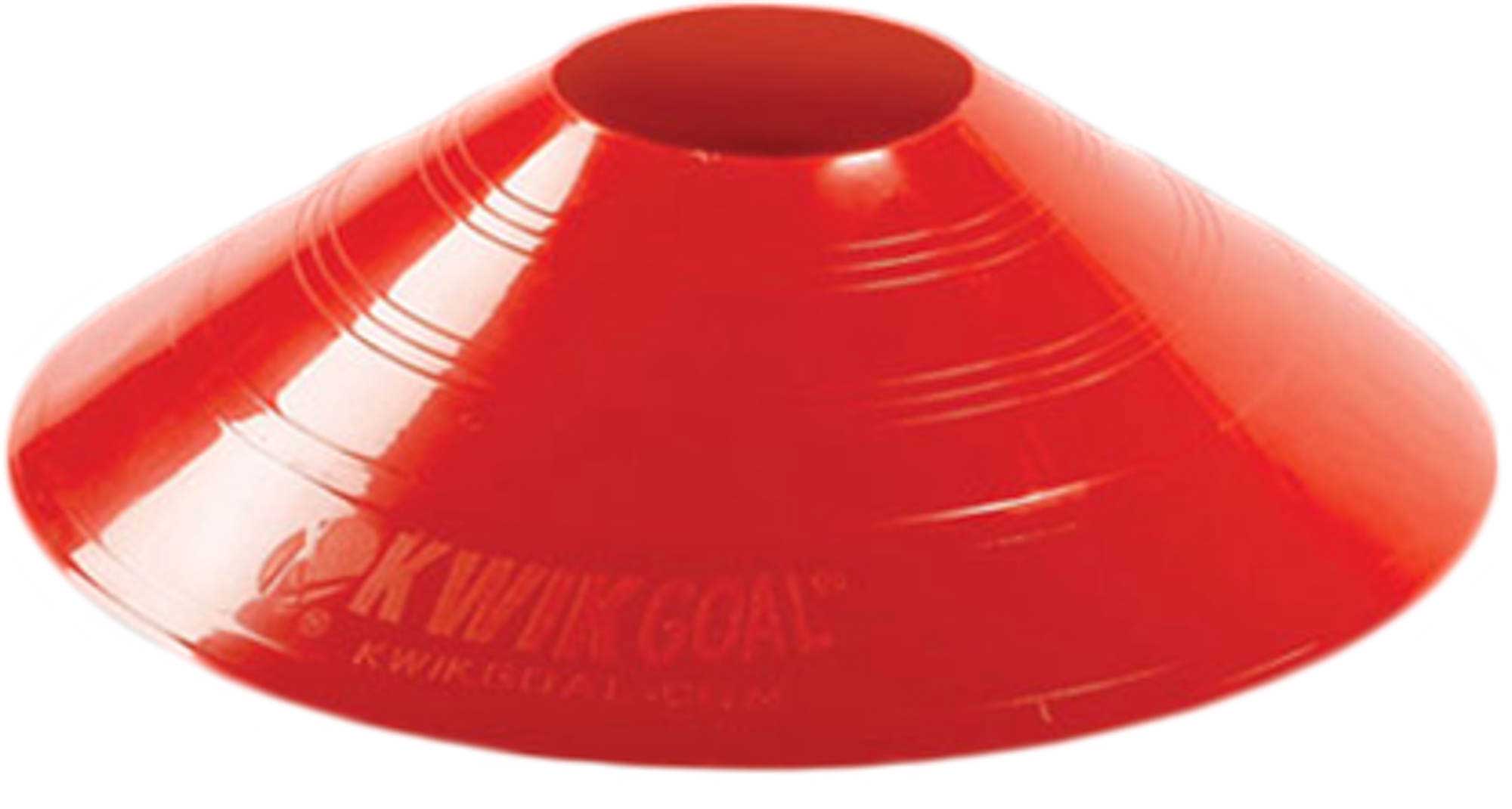


I-style profiles are seen as very friendly, energetic, and lively. They may over-promise because they are so optimistic and eager to be liked. I-styles can be overly talkative, lacking focus, and emotional. I-style profiles crave social acceptance. They know what they want and align people together to get it done. I-styles are good at influencing others and getting people to follow them as leaders. They do not like focusing on details or spending a lot of time alone. They are overflowing with optimism and want to be the center of attention. I-style profiles are outgoing, social, and talkative. They modify their style appropriately with different styles of people and in different situations. However, the most successful people know who they are. We can find all of the four DISC types represented by very successful people. It simply predicts how we tend to do things. A person’s DISC style does not limit what can be accomplished or how successful one can be. All DISC styles have strengths and development areas they just happen to be different. There is no DISC profile that is better or worse. When understanding any of the 4 DISC types, keep the following important points in mind. The DISC types come from William Marston’s DISC Model. They make up approximately 29% of the worldwide population. The I-style profile is one of the 4 DISC styles, also know as DISC personality types, including D-style, S-style and C-style. Your DISC Profile test identifies your primary DISC style. Our approach has help us earn a patient satisfaction score of 98 out of 100.The I-Style profile type is also known as an influencer or I-style personality type.
LITTLE DISC WITH PICTURE FREE
Our team can answer your questions and provide a free MRI review* to help determine if you are a candidate for a minimally invasive spinal decompression procedure. If you are interested in learning how L5-S1 degenerative disc disease can be addressed with minimally invasive outpatient surgery, contact USA Spine Care. Spinal decompression surgery to address L5-S1 degenerative disc disease Foot drop can result if the muscles that flex the foot upward become weakened or impaired. If the L5 sustains significant pressure over a lengthy period of time, it may stop relaying signals between the brain and the leg muscles. Long-standing nerve root pressure can also lead to numbness, tingling and other sensation changes in the legs and feet. If the L5-S1 disc pinches the L5 nerve root, pain may be referred to the buttocks, hips or thighs. Anti-inflammatory medications and moist heat can be helpful for calming painful spasms. In response to the pain, the muscles in the low back may spasm as they attempt to “splint” the area and provide additional stability to the spine. Often, the discomfort worsens with sitting and improves with walking. Chronic, low-level pain, which is typically centralized in the low back, may flare whenever the disc injury is aggravated. What are the symptoms of L5-S1 degenerative disc disease? Additionally, if the L5-S1 disc herniates, inflammatory proteins can leak out and irritate the L5 nerve root.

If the L5-S1 disc bulges, it can press against the L5 nerve root. More specifically, the L5 nerve root, which is part of the large sciatic nerve, passes from the spinal canal through an opening in the back of the L5-S1 segment and then runs down the back of each leg. The hardworking L5-S1 disc, which lies between the L5 and S1 vertebrae, can cause discomfort if it bulges out of position or herniates. This joint provides stability to the spinal column and allows the torso to bend and twist through a wide range of motion. L5-S1 degenerative disc disease is an age-related condition that affects the disc in the lumbosacral joint at the base of the spine. Decompression with Interlaminar Stabilization®.Cubital Tunnel Syndrome Ulnar Nerve Entrapment.


 0 kommentar(er)
0 kommentar(er)
